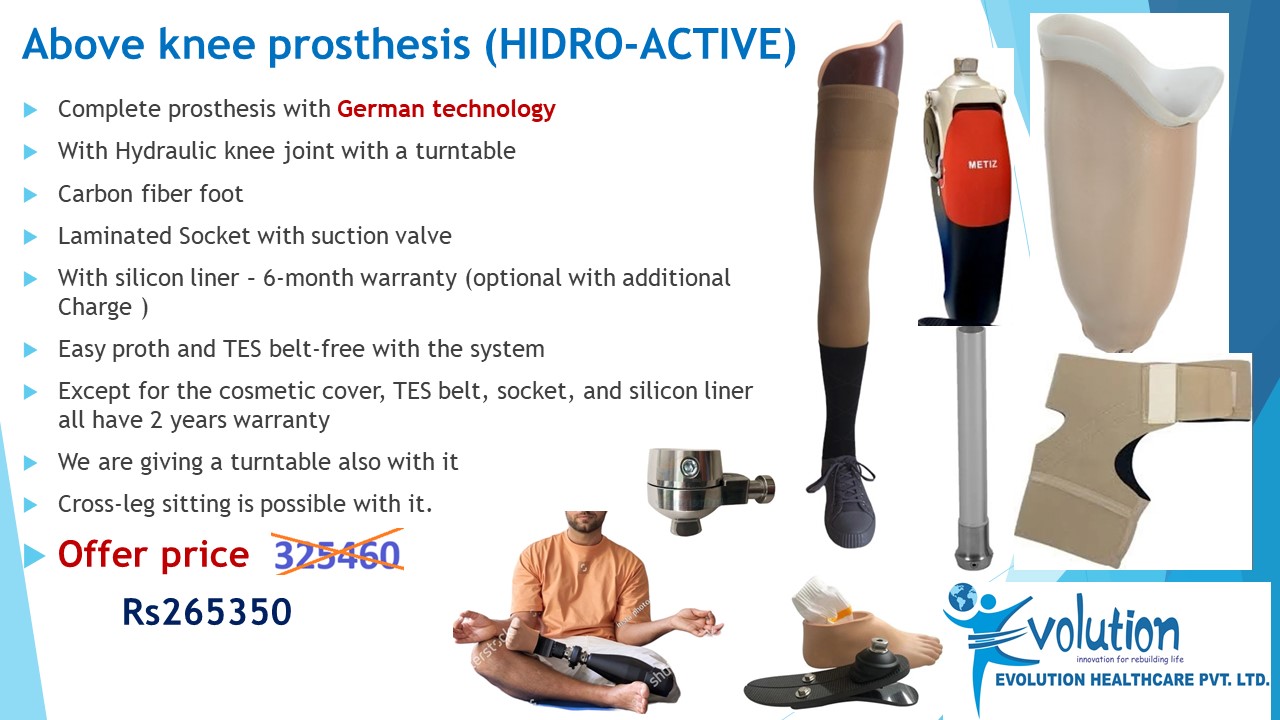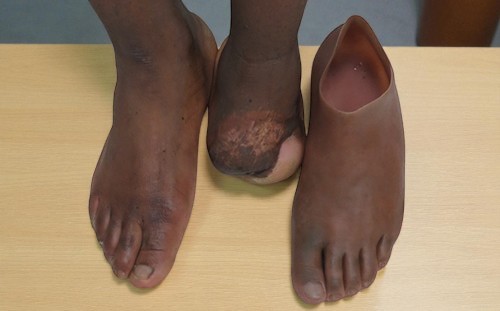How we make • We custom -make each finger prosthesis and hand prosthesis in our own laboratory ensuring high quality and individual design. The process requires 4 to 5 appointments which involve these steps: • We make molds of the hands using gentle materials. • We modify the patient model and fabricate a diagnostic test socket to evaluate fit. • We carefully sculpt the shape of the prosthesis in wax as we establish a natural contour. • When the sculpture is complete, we fabricate a durable mold which allows us to reproduce the silicone prosthesis. • We have you try on a prototype version of the prosthesis and will make modifications until a secure fit is achieved. • We back -paint the fingernail for a natural appearance. • We meticulously paint every skin detail using your color formulae in your mold. • We check the finger or hand prosthesis for precise fit, and delicately paint color details, such as freckling, onto the surface. • We demonstrate wear and care instructions so that you can use your prosthetic finger or hand with confidence. Silicon Finger manufacturer in Pune, Surat, Kolkata, India.
Send Message








